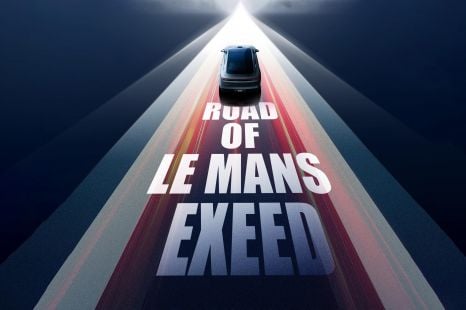

Andrew Maclean
Chery confirms plans to enter Le Mans
7 Hours Ago
Guest User
My dashboard
News Editor
The head of global design for General Motors thinks the Holden Monaro got a raw deal in the US, and that was due to its name.
The Holden Monaro was introduced for the 2004 model year in the US as the Pontiac GTO, dusting off an iconic nameplate that hadn’t been used since 1974.
It was this nameplate that held the car back, says Australian Michael Simcoe, GM’s current global design boss and the designer of the Monaro.
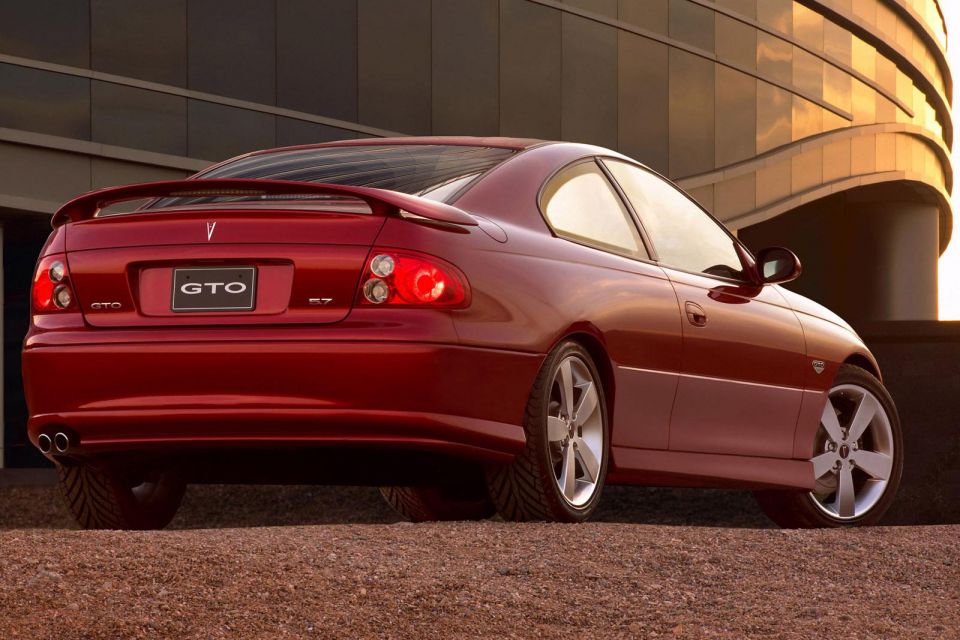
“As a Chevrolet, it would have been really successful,” Mr Simcoe told media.
“It really didn’t carry itself as a GTO, it didn’t meet the expectations.
“The last thing you want to do is take a vehicle that’s unknown, an iconic badge/brand, and put the two together, because all you’re doing is putting a target on that vehicle.”
When asked what he would have called it, Mr Simcoe said “a Chevrolet coupe of some sort”.

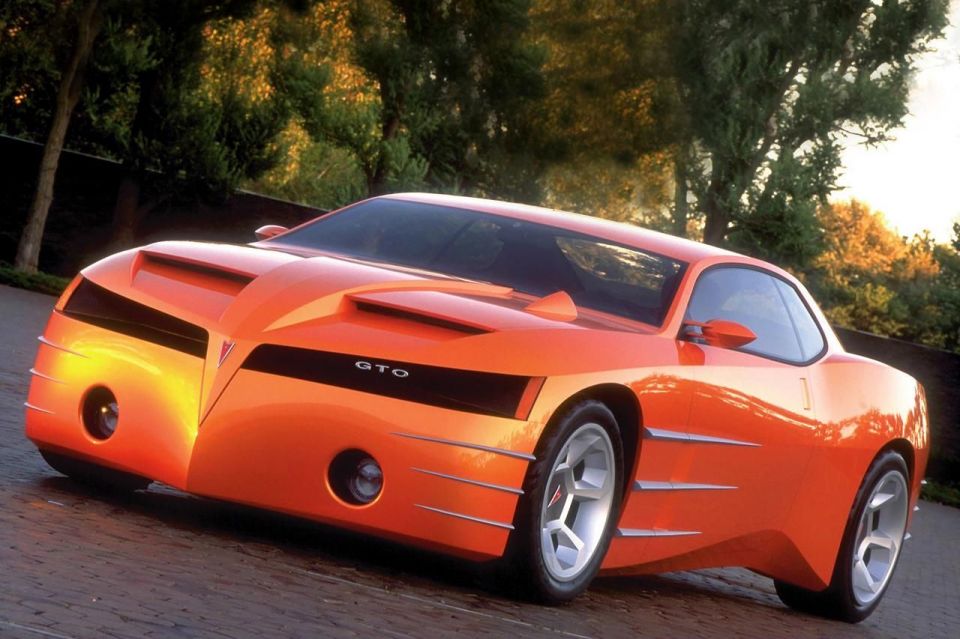
The GTO nameplate had previously been used from 1964 to 1974, and was one of the most popular muscle cars of the 1960s before fading into obscurity in the 1970s – like many other muscle car nameplates – as high insurance rates, emissions standards and changing buyer tastes saw American buyers shift to other segments.
Pontiac revealed an aggressive, retro-inspired GTO concept car in 1999, which made the eventual Monaro-based GTO look even more tame.
Bringing the Monaro to the US market had been the brainchild of then-GM North America chairman Bob Lutz, who had rejoined the company in 2001.
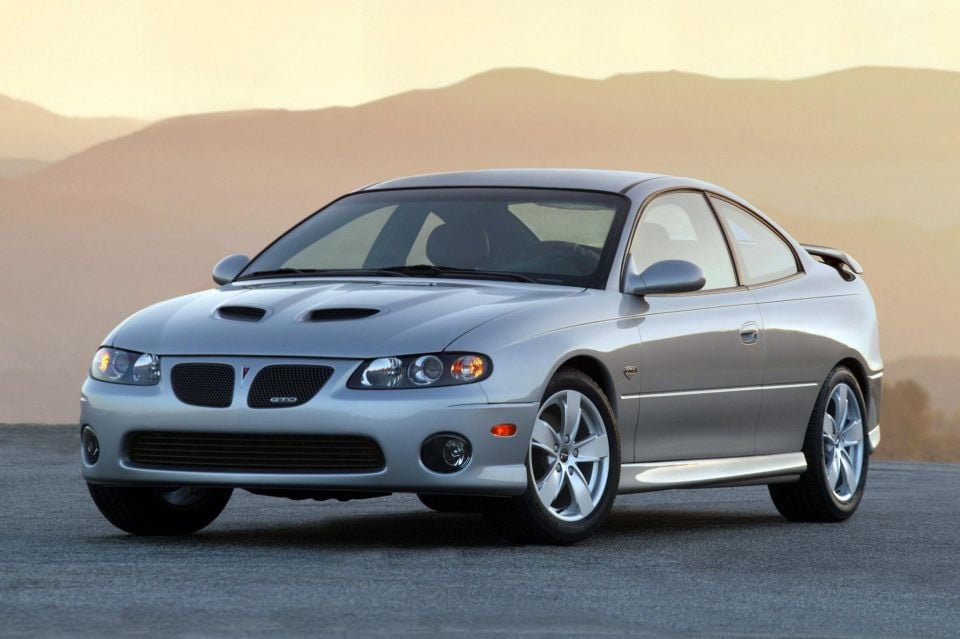
“[Holden] felt their mission was very similar to Pontiac,” Mr Lutz said earlier this year in remarks reported by Motor1.
“Popularly priced, beautifully styled cars with a rich racing heritage and high-performance variants. That’s what Holden was.
“Every now and then, Car and Driver or Road & Track would bring over one Holden, and they’d test it, and the cover story would say, ‘Good news: the best car General Motors builds. The bad news: you can’t buy it.’
“I thought, ‘What’s wrong with this picture? Why can’t we fix it so the American public could buy it?’ So Holden was the centre of excellence for reasonably low-cost, rear-wheel drive sedans, wagons, utes, and coupes.”
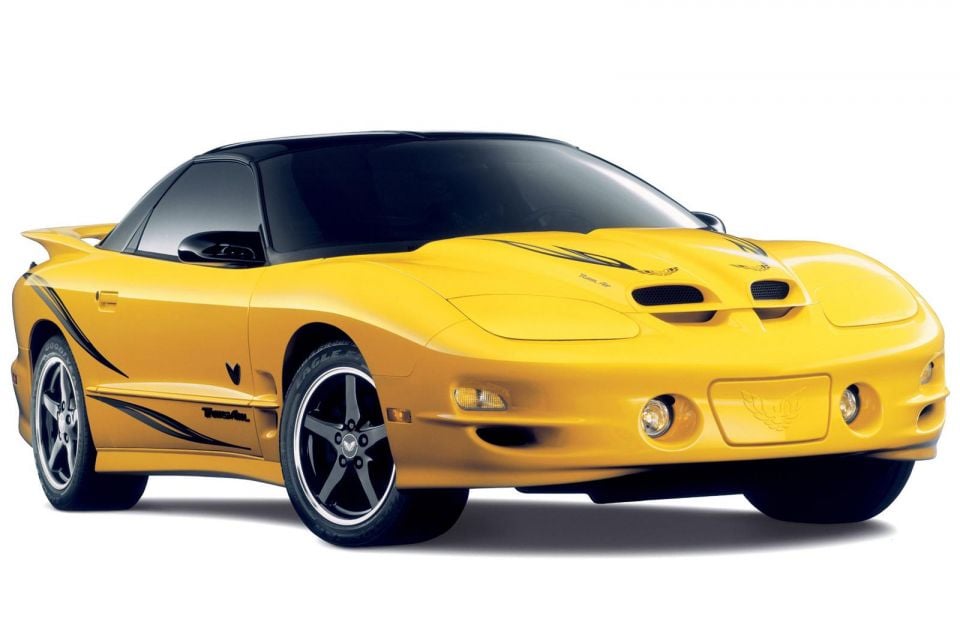
The GTO filled a gap in Pontiac’s lineup left after the axing of the Firebird pony car in 2002, but by the time the rebadged Monaro landed in the US it was towards the end of its model cycle.
The styling appeared conservative to Pontiac buyers, with the brand known for very aggressive exteriors festooned with ribbed cladding, large fog lights, bonnet scoops and rear spoilers.
The later addition of some large bonnet scoops of its own did little to juice up the subtle styling of the coupe, which was compared by some American observers to more humdrum GM fare like the Chevrolet Malibu and Cavalier.
The US was also in the throes of retro fever, with the GTO looking decidedly sedate against a redesigned Ford Mustang with prominent 1960s design cues, as well as the 2005 Chrysler 300 and 2006 Dodge Charger.
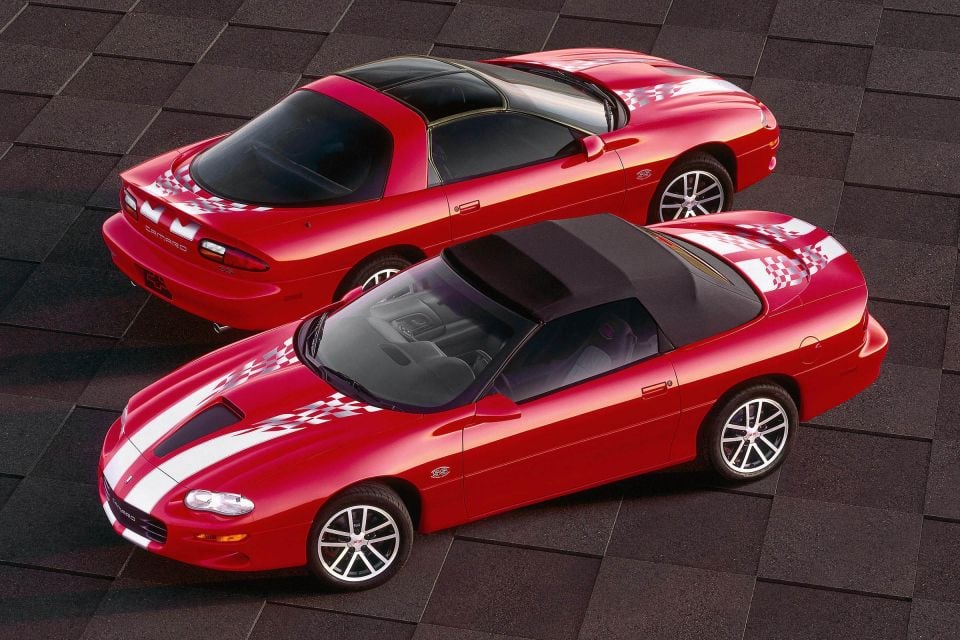
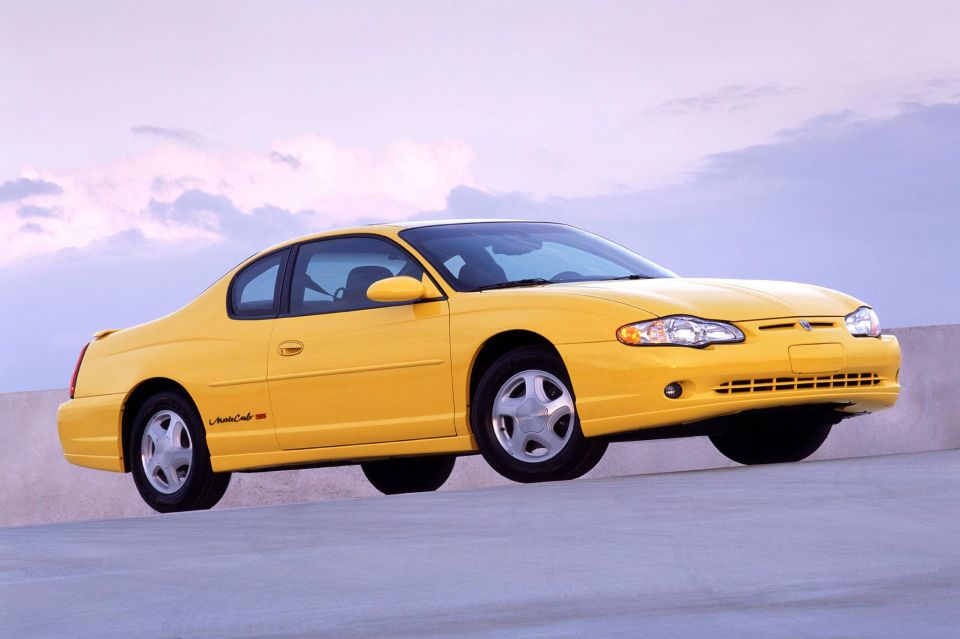
Despite the swapping of a 5.7-litre LS1 V8 for a 6.0-litre LS2 V8 for 2005, as well as some other mechanical changes, sales didn’t increase.
There was a slight uptick for 2006, but all up GM sold only 40,808 Monaros in the USA over its brief three-year run.
Had the Monaro been launched as a Chevrolet, it would have given GM’s highest-volume division in the US a replacement for the Camaro, which like its Firebird cousin ended production in 2002.
It would have overlapped somewhat with the large Monte Carlo coupe, which was popular with NASCAR enthusiasts but which offered only front-wheel drive and V6 engines.
However, it would have been a more logical Camaro replacement than the SSR convertible pickup truck that took its spot as a sub-Corvette performance car in the bow tie brand’s lineup.

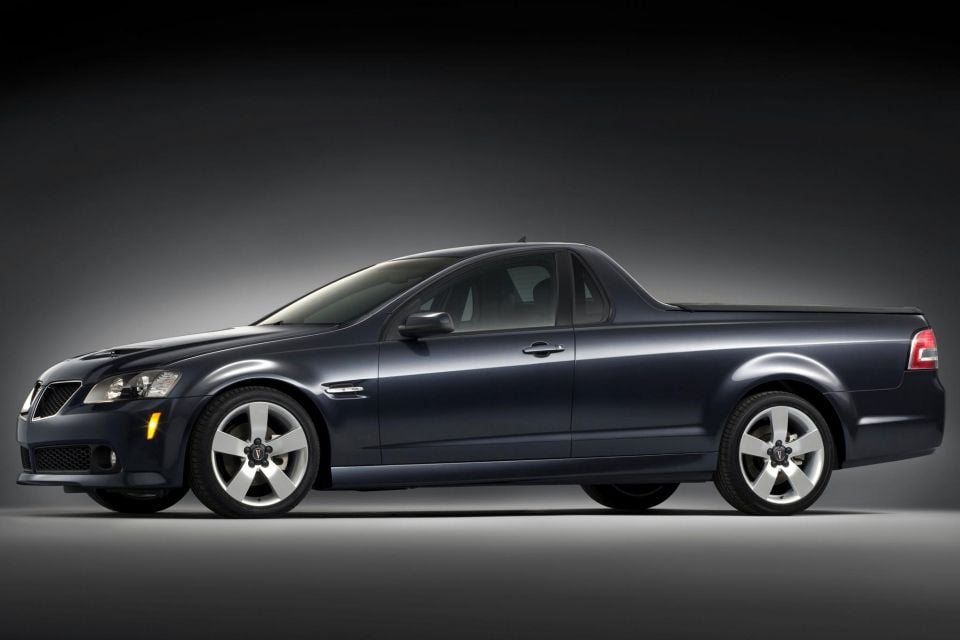
Holden’s US export program was continually doomed by bad timing.
The Monaro/GTO arrived too late, while the VE Commodore was introduced to the US as the Pontiac G8 for 2008… just before GM entered bankruptcy proceedings in 2009, which eventually saw the Pontiac brand shuttered.
That also saw plans for a rebadged Holden VE Commodore ute scuppered, though a concept of one – badged the Pontiac G8 ST – was previewed at the 2008 New York motor show.
Commodore-based models would eventually end up at Chevrolet. First came the Caprice PPV, a more basic version of our long-wheelbase Holden Statesman/Caprice developed for police departments, in 2011.


This was followed by the Chevrolet SS, based on the VF Commodore, which was launched in the US in the fourth quarter of 2013.
However, Holden announced in December 2013 it would end local manufacturing by the end of 2017.
That left the SS as another short-lived Holden-based model like the GTO and G8 before it.
The Zeta platform of the VE/VF Commodore, Ute and Statesman/Caprice had been developed to underpin a wide range of vehicles across the Buick, Cadillac, Chevrolet, Opel, Pontiac and Saab brands, with Holden leading development.
Ultimately, the platform only ended up being used by the aforementioned vehicles, as well as the Chevrolet Camaro.
Where expert car reviews meet expert car buying – CarExpert gives you trusted advice, personalised service and real savings on your next new car.
William Stopford is an automotive journalist with a passion for mainstream cars, automotive history and overseas auto markets.


Andrew Maclean
7 Hours Ago


Max Davies
7 Hours Ago


Max Davies
7 Hours Ago
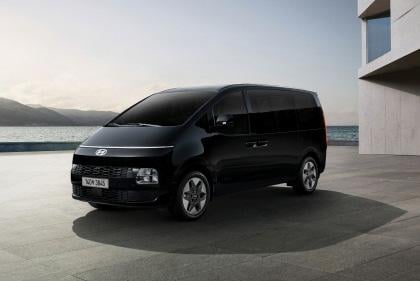

Damion Smy
9 Hours Ago
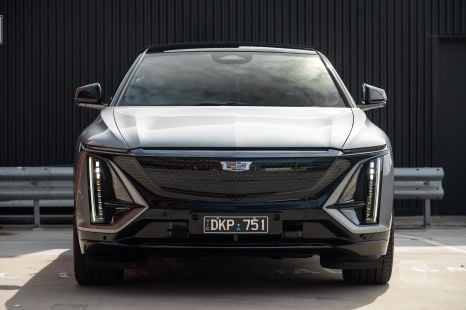

William Stopford
13 Hours Ago


Ben Zachariah
13 Hours Ago